The first issue that long-time Ridge Racer fans had with R: Racing Evolution (RRE) was how Namco had tried to distance themselves from their arcade legacy. The studio went for a sim experience regarding the physics and control of the cars. They also licensed actual cars instead of using the timeless racers that they had spent a decade refining. Namco had done a great job capturing the handling of different classes of cars and creating virtual tracks to race them on. Yet they were going after the market that Gran Turismo had cultivated.
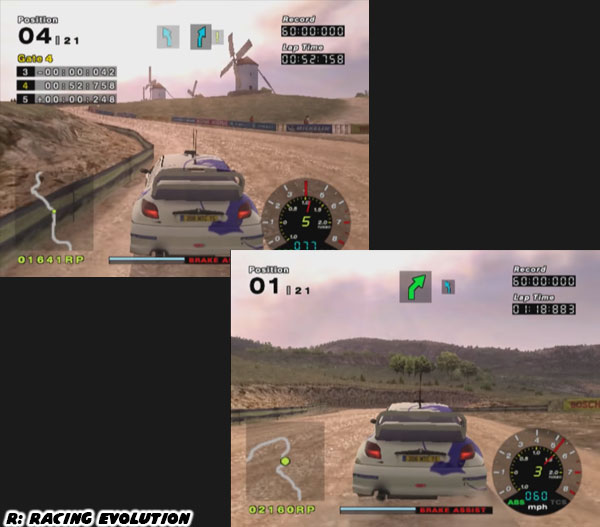
Sony's Polyphony Studio had spent years making each generation of the game superior to the previous in every aspect. The obsession to detail was well known to fans of Polyphony. The producers were known for fitting microphones inside and outside of cars as they raced them over different terrain just to they could capture authentic sounds. They would travel the world and meet with car designers and even the people that sewed the upholstery for the seats just to gain an ounce of knowledge that they could reflect in the game. Gran Turismo 3 A-Spec had been released in 2001, a few years before R: Racing Evolution had come out, yet it had more than four times the number of race cars. Polyphony had set the bar and the best Namco could do was try to meet it because they would never be able to exceed it.
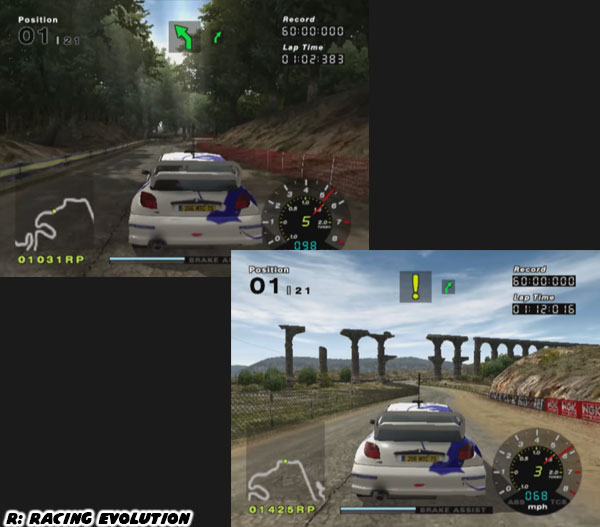
The title of the game also did not sit favorably with audiences. It featured Rena Hayami, an EMT driver for Ridge City. She represented the hometown of Ridge Racer but Namco could not bring themselves to call the game Ridge Racer 6. It was as if they lacked faith in their concept. Where the game really began to fall apart was in the treatment of the main characters in Racing Life mode. In the previous blogs I applauded Namco for having the courage to make a female the main character and the insight for the villain to be a corporation. Yet I should have known better. As the game progressed it became more and more obvious why the designers at Namco had selected a female lead and female rival for the game.
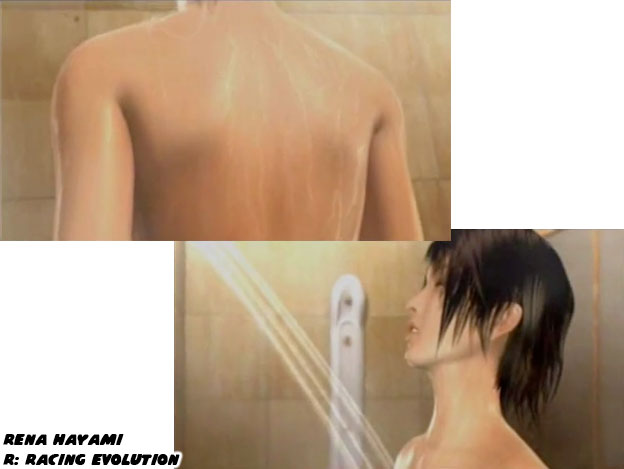
It would be hard to defend some of the cinemas featured in the game. I mean what purpose would it serve to have a (non-nude) shot of Rena taking a shower after a race? If the star of the game were a male chances are this scene wouldn't have made the cut. I understand that sex sells and if this were a movie about a female race car driver then the director would have done the same thing. But this was a game after all and scenes like this did nothing to advance the plot. When I was younger these scenes didn't mean as much. As I got older and wiser (and got married) I suddenly had a daughter that I had to be accountable for. It was then that I began taking another look at the way women had been presented in the game. I could show my daughter how cool it was that Rena went from driving an ambulance and getting a job offer as a professional race car driver. She was a role-model at that point. Yet a few races into the game the next time we see her she is naked. How am I supposed to justify the decision to do that in a racing game?
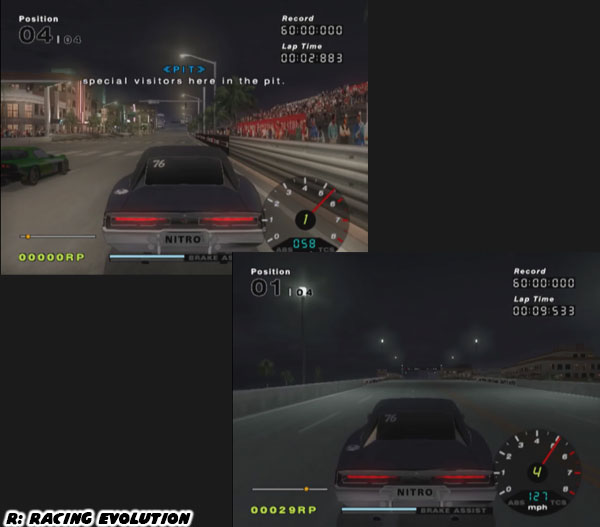
Things were bad before the shower scene actually. The very first time players were introduced to rival Gina Cavalli the camera was fixated on her cleavage. Every scene featuring the character was framed to make sure that her boobs were in the shot. Both Gina and Rena actually wore their racing suit zipped down to reveal their bust line. Every other driver and mechanic was zipped up of course. Rena had a modest black bra for everyone to see while I think Gina was pretty much nude under her suit. I should have been celebrating the decision by Namco to introduce a Spanish female main character into canon. Different ethnic groups and nationalities were and continued to be sorely underrepresented in games after all. While I could tell my daughter that Namco once made a racing game where the two main characters were females I would be ashamed to show her how they were represented.
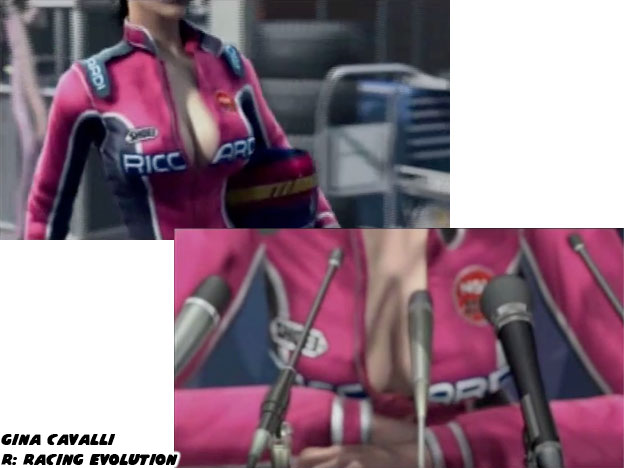
There were other great games that were hampered by what audiences perceived. For example Marc Ecko's Getting Up was a great narrative on graffiti culture as well as corporate and political corruption. Yet before I could show people the actual graffiti portions of the game I had to spend the majority of the time sneaking up on cops and smashing paint cans on the back of their heads. A blow like that would more likely kill a person than knock them out. How was I supposed to convince viewers of the merits of the game if all they saw was violence instead of art? A similar dilemma had happened with RRE. The racing portions were well done but the only thing that would stick out to viewers (no pun intended) would be the boobs.
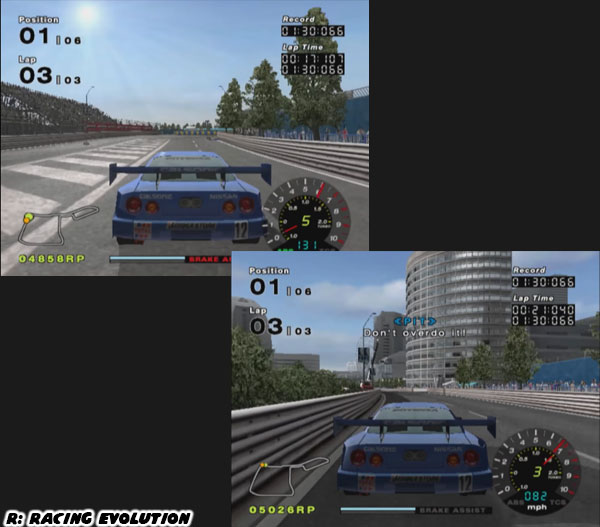
It wasn't the first time that Namco, or other Japanese studios for that matter, had been fixated on breasts. For example the Dead or Alive fighting game series by Tecmo was notorious for its "jiggling" breast physics and the original Killer Instinct by Rare featured the character Orchid that would flash her breasts at opponents and give them a heart attack. Pandering to the masses had become the rule rather than the exception in other Namco titles. In the Tekken Tag Tournament 2 they featured
rapper Snoop Dog and his own level, The scantily clad women dancing at his side would have been typical in one of his music videos, where Namco really went for exploitation was in offering 150 different bikinis that players could earn for their fighters.
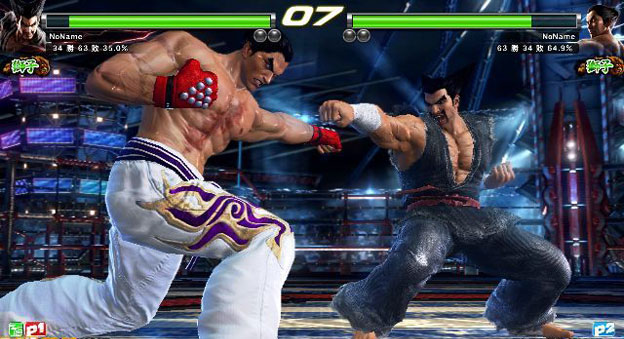
The shorts and loin cloths they put on the male character were tame compared to the strings that made up some of the female costumes. Sex sold in the short run but only substance could sustain a franchise. Many of the female sword fighters in Namco's Soul Calibur series had become more and more busty as the games progressed. The outfits of many of the characters became tighter and more revealing, making Gina seem modest by comparison. The outrageous bust sizes gave the mostly male fan base a reason to overlook the lack of gameplay innovation through the series. Namco was guilty of following the trends of their contemporaries rather than relying on the strength of their developers.
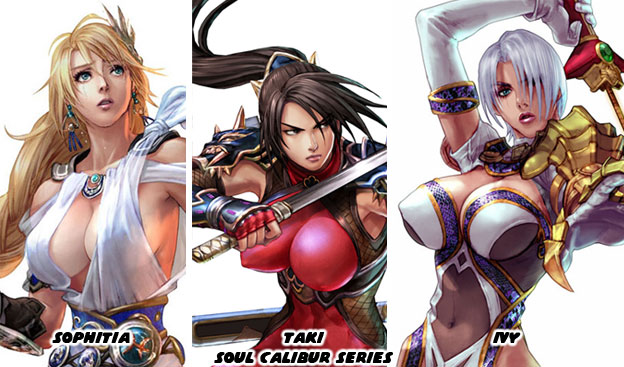
The studio could not manage to win over audiences with RRE despite the number of innovative ideas they had brought console racers. It was a combination of things that cost the publisher from having a hit on their hands. Competing against Gran Turismo was a major problem, but not capitalizing on the Ridge Racer name and trying to inject sex into an otherwise well laid-out plot had doomed the game from the onset. Namco had actually planned to feature Rena and Gina in several other titles if RRE had become a hit. They would continue to use the characters to sell future versions of Ridge Racer, with Gina being the cover star in the Nintendo DS release of the game. Yet any further developments with the characters and teams would be highly unlikely.
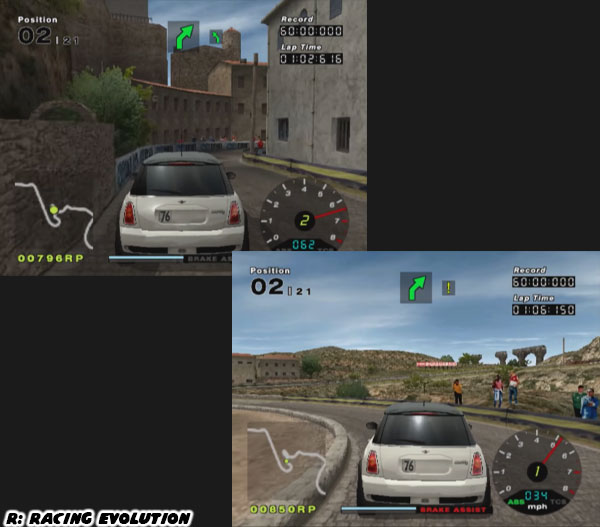
The studio did at least develop a new character inspired by Rena a year after RRE was released. Fans of Tekken 5 noticed that Asuka Kazama had a lot of similarities to Rena. The physical and costume traits were obvious but personality wise they were complete opposites. Asuka was presented as a very immature and ditzy schoolgirl. She ended up playing the fool for the rich schoolgirl Emilie "Lili" De Rochefort. It was a shame that Namco could not find a similar use for Asuka. Her brother Jin was a main character in the series and ran the Mishima Zaibatsu whereas she had been relegated to sidekick status. In fact the objectification was a little more insulting to female fans
because Asuka's breasts were the punchline in
two different Tekken endings. By comparison Rena was presented with much more confidence and maturity whether she was behind the wheel of an ambulance or race car.
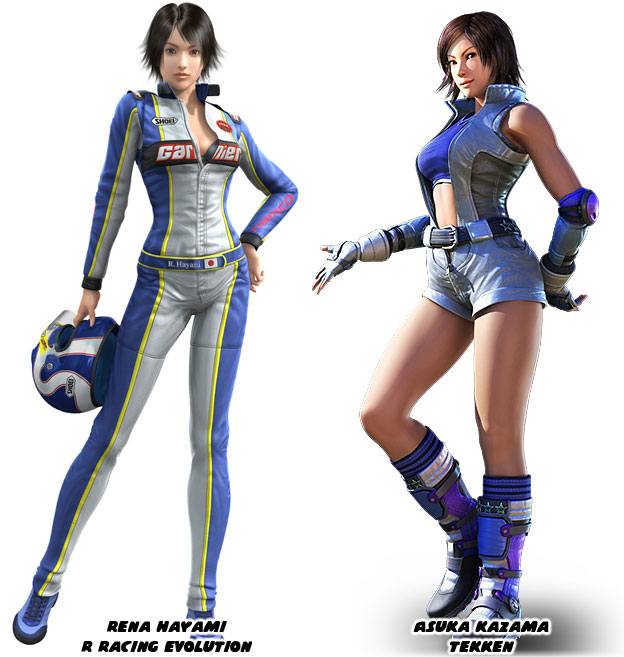
Women had actually been an important part of the Ridge Racer legacy yet Namco did not really know how to present them within the context of the races themselves. The next blog will look at the muses behind the Ridge Racer series.
As always if you would like to sponsor me
please visit my Patreon page and consider donating each month, even as little as $1 would help make better blogs and even podcasts!




















Its times like this I wish the game makers would see your blog to realize how wrong what they're doing is.
ReplyDelete